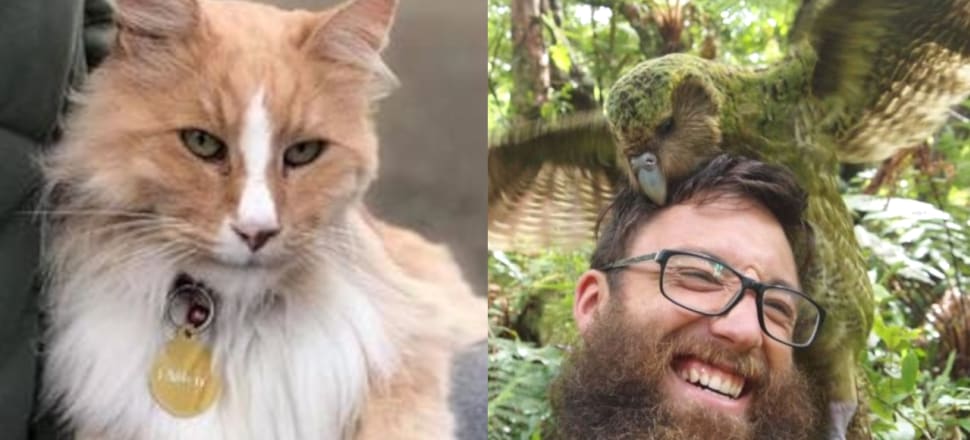
From seafaring specimens to feathered friends, Aotearoa has had no shortage of animal personalities. But they're not the ones getting statues made in their honour - a certain Wellington cat is.
Mittens. Former Wellington resident, cat about town, style icon. A feline dandy, in the truest sense of the word.
If you're not familiar, Mitten is a Turkish Angora cat who lived in Wellington for many years before relocating to Auckland.
Over the years Mittens's unusually friendly disposition and ninjalike ability to infiltrate seemingly secure houses and businesses won him a kind of celebrity status in the capital.
Mittens has been nominated for New Zealander of the Year and been awarded the key to the city. He has inspired songs and children's books. His aquiline features adorn novelty mugs, tea towels, and - of course - mittens. A Facebook page dedicated to his adventures has nearly 70,000 members.
But Wellington's obsession with Mittens is polarising. Some see him as a tyrant, roaming the streets of the capital with wild abandon, sneaking into cars and flats for naps and snacks like a ruthless feudal lord.
"I think what's polarising about him isn't so much whether you love him or hate him, it's more about whether you love or hate Wellington's obsession with him," says Chamanthie Sinhalage-Fonseka, who worked in communications for former mayor Justin Lester as Mittens's fame was exploding.
"On one hand, it's great, there's this fairytale element to this cat that wanders around town, gets into places.
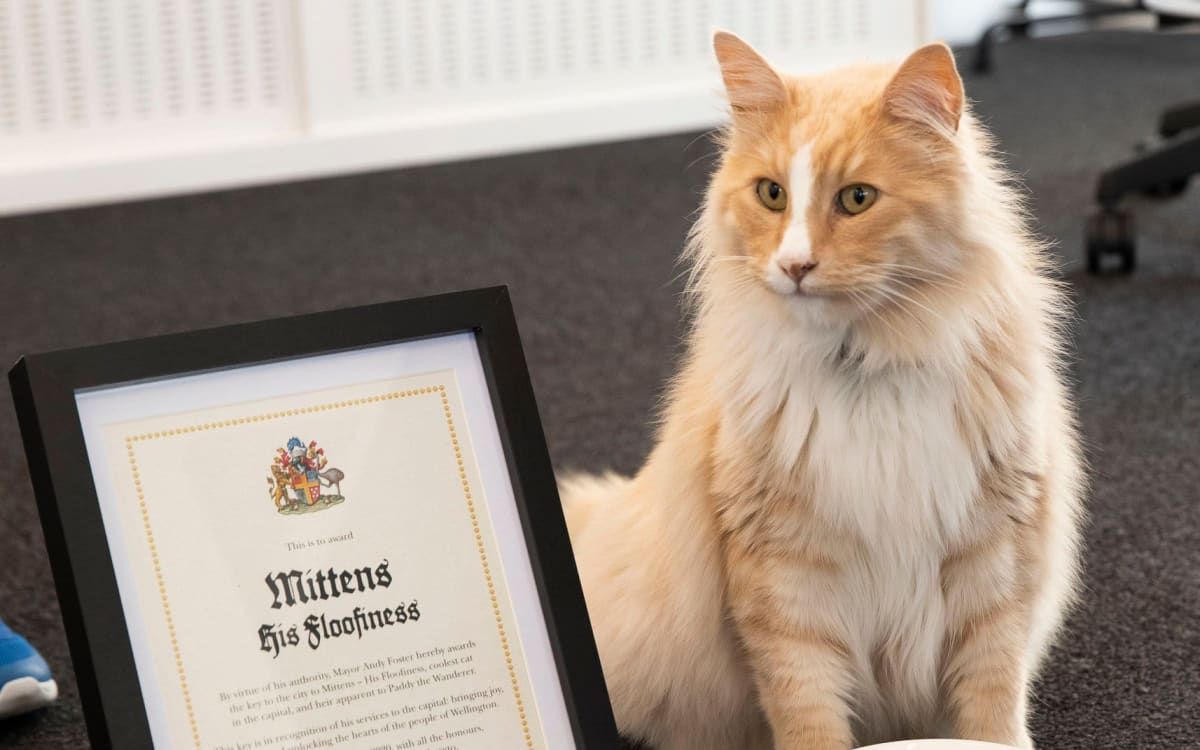
"On the other hand, it is really weird that one of our major cities is so obsessed with a cat that doesn't actually know the city itself exists."
In August, the Wellington Live Facebook page founder Graham Bloxham made a spontaneous, possibly ill-advised promise: if a post on the page drew more than 7000 likes, Bloxham offered to sort the logistics to commission a bronze statue of Mittens.
"It hit 9000 in about two hours," Bloxham says.
"I'm on the hook."
Naturally, the post divided opinions: some saw it as an appropriate way to mark Mittens's impact on the city, while others considered it tasteless profligacy during a cost-of-living crisis.
As neutral observers, The Detail team saw both sides of the story. But we also pondered whether Mittens was indeed the animal celebrity most deserving of a bronze statue.
We run the rule over four other contenders for the most sculptable.
Contender 1: Inky the Octopus
The story goes that in 2016, Inky, then living in a tank at the National Aquarium in Napier, spotted a small gap in the top of his enclosure.
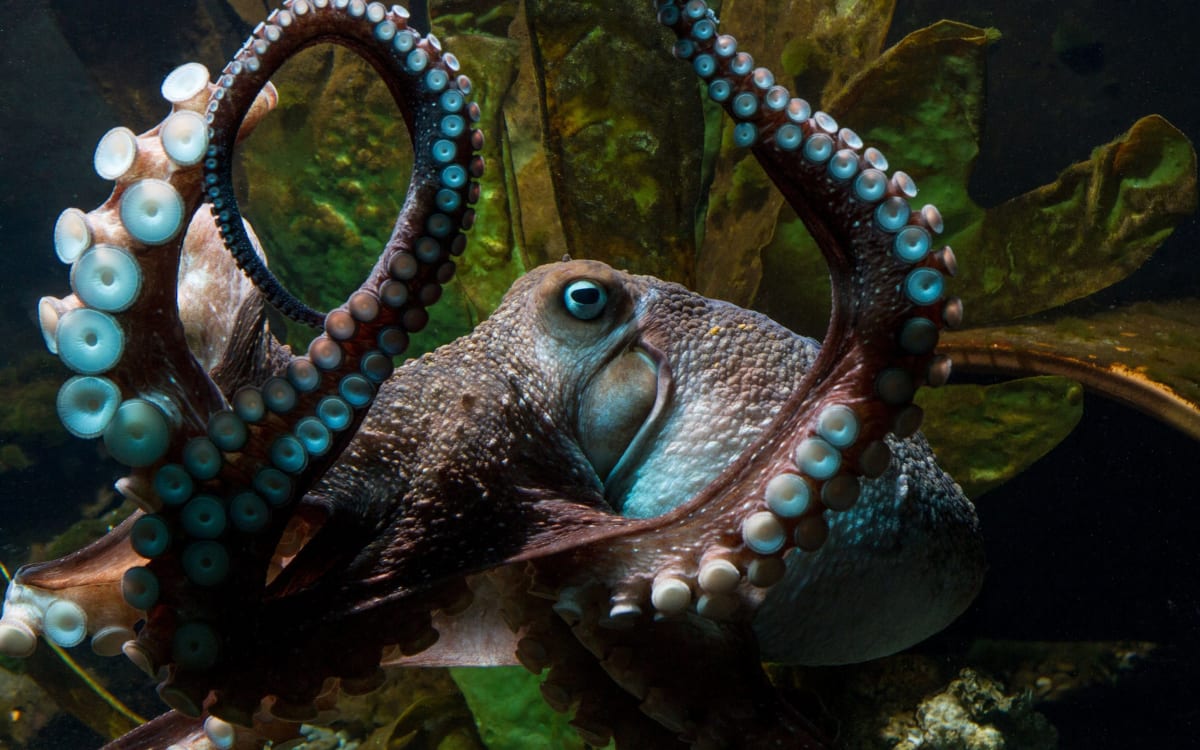
In an oceanic mash-up of Finding Nemo and The Shawshank Redemption, Inky is said to have made a break for freedom, slipping out of the gap before sliding across the floor to a drain, which led to the sea.
Otago University teuthologist Dr Jean McKinnon told Hawke's Bay Today at the time that Inky was likely feeling libidinous.
Inky is almost certainly dead today, as octopodes generally only live one or two years.
Hopefully Inky found a mate, sired the 150,000 or so eggs an octopus is capable of siring, and spent the remainder of their days surfing the waves of the Pacific Ocean.
Contender 2: Sirocco the Kākāpō
Sirocco is a kākāpō, and the oldest by far of the animals in this list, at 25 years old.
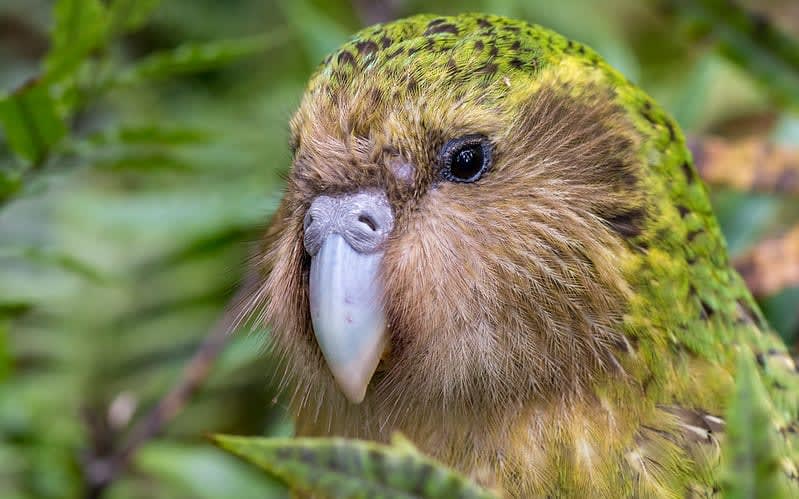
He was born - or, rather, hatched - on the sanctuary of Codfish Island, off the west coast of Stewart Island.
But at three weeks old, he suffered an illness which meant he had to be hand-reared by humans, away from other kākāpō.
Keeping Sirocco alive was of utmost importance - at the time he was one of just 52 in the world - and the mission was successful.
However, it had an inadvertent side-effect: Sirocco imprinted on the humans who raised him, meaning he wasn't sexually attracted to other kākāpō.
Instead, Sirocco's fire was lit by humans, as the world-famous zoologist Mark Carwardine and actor and comedian Stephen Fry discovered - to Carwardine's discomfort and Fry's amusement - when Sirocco tried to have his way with Carwardine's head as the pair filmed a BBC documentary in 2009.
Capitalising on the bird's global fame, then-prime minister John Key appointed Sicorro New Zealand's official spokesbird in 2010.
Sirocco is still alive today, living on a secret island somewhere. Happily, since he was born, kākāpō numbers have increased to more than 250.
But his legacy lives on in our minds, our hearts, and, of course, in the famous and ingenious ejaculation helmet, specially designed for Sirocco to use, which is now in Te Papa.
Contender 3: Happy Feet the Emperor Penguin
A common theme among our contenders so far is their inability to control their biological impulses leading them into mischief: Mittens's curiosity, and Inky and Sirocco's libidos.
Happy Feet, however, was a bit different. He was a victim of mistaken identity.
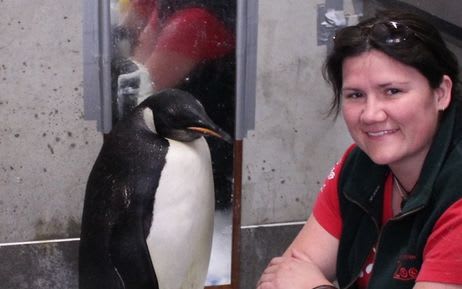
The emperor penguin - which is endemic to Antarctica - washed up on the shores of Peka Peka, a seaside locality on the Kapiti Coast, in 2011.
Mr Feet, as his friends call him, was some 4000 kilometres from home, with the working theory that he was caught in a current while exploring, as adolescent emperor penguins are wont to do.
Making landfall in an unusually temperate climate, the penguin's natural reaction was to cool himself down by eating snow - but the 'snow' he gorged on turned out to be sand, blocking up his oesophagus.
Happy Feet had to undergo numerous operations to flush out his stomach, and spent more than two months recovering in Aotearoa.
He was malnourished, and getting his body weight back up to normal levels was a priority - it's estimated Happy Feet ate some $10,000 worth of salmon during his stay, which was funded through donations.
The question of what to do with Happy Feet lingered: due to international treaties, New Zealand couldn't simply return him to Antarctica, and so eventually the decision was made to put him on a research vessel and release him, with a tracker, near the Campbell Islands south of Bluff.
Within days, the tracker had stopped working, raising fears the penguin had become a salmon-fattened snack for some ocean predator - but veterinarian Lisa Argilla, who supervised Happy Feet's recovery, tells The Detail the penguin was fighting to remove his tracker while on board the vessel, and retains hope he simply shook free of it and went on to live his merry life.
Contender 4: Toa the baby orca
The most tragic story on our list - also without a doubt the most expensive of the potential statues - is Toa, a baby orca thought to be between two and six months old, who was stranded on the beach near Wellington in 2021.
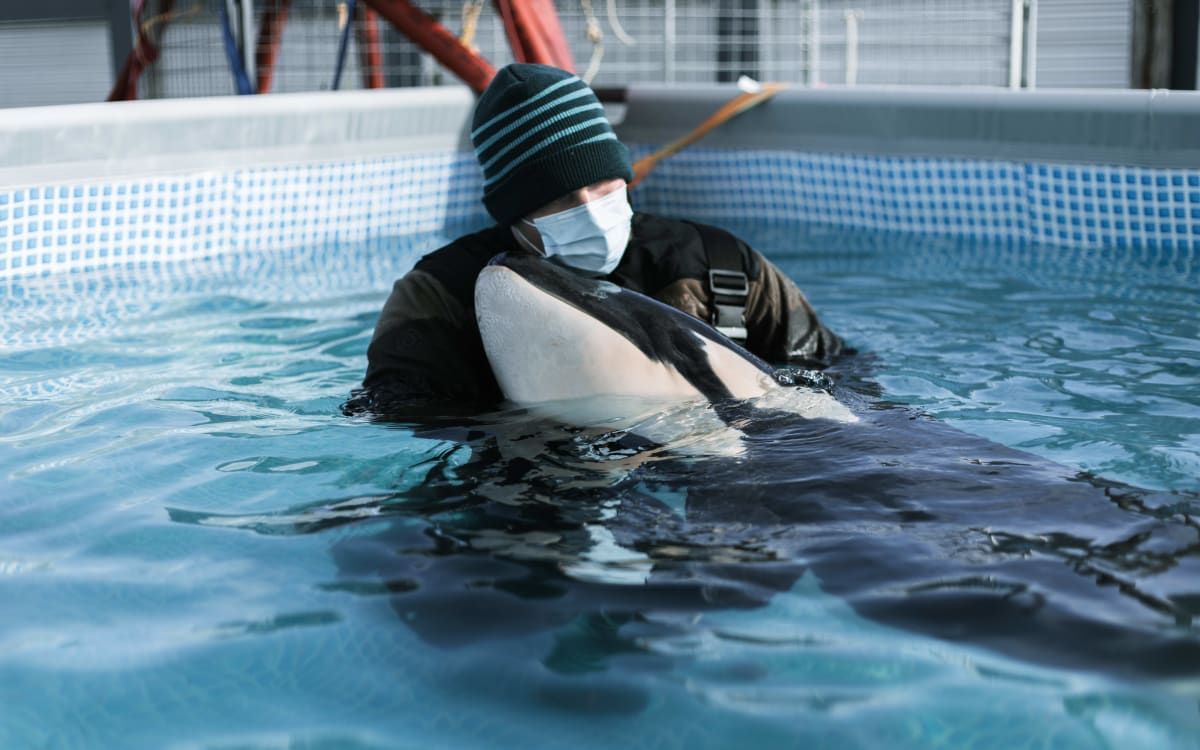
Toa was thought to have become separated from his pod while they were hunting for stingray near Plimmerton.
Volunteers immediately mobilised to keep Toa wet and alive: aircraft and on-shore observers scoured the coastline in the hopes of spotting his pod, and a makeshift sea pen was constructed for him in the harbour.
When a ferocious storm tore through the capital, Toa was moved to a gigantic swimming pool in the carpark of the Plimmerton boating club.
However, ethical issues began to crop up: marine biologist Dr Karen Stockin told the UK's Guardian newspaper that "internationally recognised practice for separated cetaceans this young is either lifelong human care or euthanasia".
"New Zealand has no captive or rehabilitation facility that could support Toa. Of course, we all crave a Disney happy ending, but what matters most here is not our understandable human sentiment and emotion, but notably the viability and welfare of Toa."
Eventually, Toa's condition deteriorated, and despite the efforts of vets, he died.
He was buried by Ngāti Toa Rangatira at the iwi's marae.
Find out how to listen and subscribe to The Detail here.
You can also stay up-to-date by liking us on Facebook or following us on Twitter.
[picture id="4LP0QSN_eight_col_high_NR_RNZ_PIJ_LOGO_Footer_jpeg_png" crop="origina
Find out how to listen and subscribe to The Detail here.
You can also stay up-to-date by liking us on Facebook or following us on Twitter.








